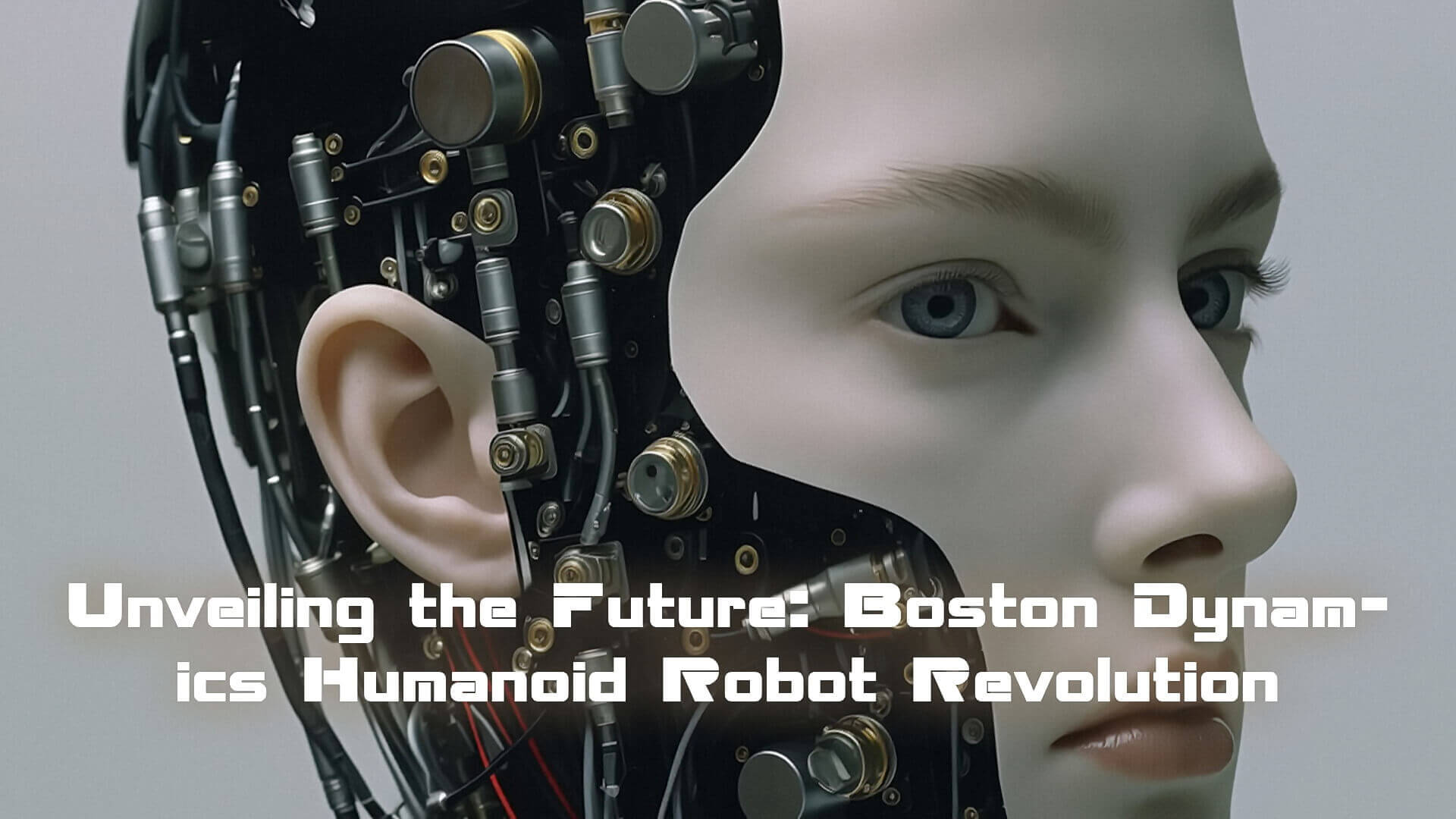In the rapidly evolving landscape of technology, the integration of artificial intelligence (AI) tools into the workplace has become a transformative force. However, strategies for building AI tools that people will actually use at work requires a nuanced approach that goes beyond technological prowess. This article delves into the key strategies that can empower developers, businesses, and employees to embrace AI tools seamlessly, fostering a collaborative and efficient work environment.
1. User-Centric Design
The cornerstone of any successful AI tool implementation is a user-centric design. Developers must prioritize understanding the unique needs, challenges, and preferences of the end-users. This involves conducting thorough user research, gathering feedback, and iteratively refining the user interface and experience.
By focusing on creating intuitive interfaces and addressing specific pain points, AI tools become more accessible and user-friendly. Simplicity should be at the forefront, ensuring that even non-technical users can leverage the power of AI without feeling overwhelmed. Regular usability testing throughout the development process allows for continuous refinement and enhancement, ensuring that the final product aligns seamlessly with user expectations.
2. Collaboration and Interdisciplinary Teams
Building effective AI tools requires collaboration among interdisciplinary teams. Bringing together experts from diverse fields, including data science, design, psychology, and business, fosters a holistic approach to development. This collaborative effort ensures that the AI tool not only meets technical specifications but also aligns with the broader goals and culture of the organization.

Interdisciplinary teams can provide valuable insights into user behavior, organizational workflows, and potential challenges. This approach facilitates the creation of AI tools that seamlessly integrate into existing processes, minimizing disruptions and maximizing user adoption. Additionally, cross-functional collaboration enhances creativity, resulting in innovative solutions that address complex workplace problems.
3. Explainability and Transparency
The opacity of AI algorithms can be a significant barrier to user trust and adoption. Integrating explainability and transparency into AI tools is crucial for fostering user confidence. Users need to understand how AI arrives at its decisions and recommendations, especially in contexts where these decisions impact critical business processes.
Developers should prioritize building AI models that can provide clear and interpretable explanations for their outputs. This not only enhances trust but also enables users to make informed decisions based on AI-generated insights. Transparent AI tools are more likely to be embraced by users who feel confident in the technology’s reliability and understandability.
4. Continuous Learning and Adaptation
The workplace is dynamic, and AI tools must evolve to meet changing needs. Implementing strategies for continuous learning and adaptation is essential to ensure the relevance and effectiveness of AI tools over time. This involves integrating machine learning models that can learn from user interactions, feedback, and changing data patterns.
By enabling AI tools to adapt to evolving scenarios, organizations can future-proof their technology investments. This adaptability ensures that AI tools remain valuable assets, capable of addressing emerging challenges and opportunities in the ever-shifting landscape of the workplace.
5. Scalability and Integration
Effective AI tools should seamlessly integrate into existing workflows, systems, and technologies within an organization. Scalability is a key consideration, as AI solutions must accommodate growing user bases and expanding datasets. Developers should design AI tools with scalability in mind, ensuring that they can handle increased loads without sacrificing performance.
Integration with existing software and platforms is equally crucial. AI tools that integrate seamlessly with popular workplace tools, such as project management software, communication platforms, and CRM systems, are more likely to be adopted by users who appreciate a unified and streamlined user experience.
6. Employee Training and Support
Even the most intuitive AI tools may require training and support to ensure optimal user adoption. Organizations should invest in comprehensive training programs that empower employees to harness the full potential of AI tools. Training should not only cover the technical aspects of using the tool but also highlight its practical applications in day-to-day work.
Providing ongoing support, including documentation, tutorials, and responsive help desks, is essential for addressing user concerns and promoting confidence in the AI tool. A well-supported user base is more likely to embrace AI tools and leverage them to enhance productivity and efficiency in the workplace.
And so
In And so, the successful integration of AI tools into the workplace requires a strategic and thoughtful approach. By prioritizing user-centric design, interdisciplinary collaboration, transparency, continuous learning, scalability, and employee support, developers can create AI tools that are not only technologically advanced but also resonate with end-users.
As businesses continue to navigate the evolving landscape of technology, adopting these strategies ensures that AI tools become indispensable assets, driving innovation, efficiency, and collaboration within organizations. By aligning AI development with the needs and expectations of users, we can unlock the full potential of AI tools and propel the workforce into a future of unprecedented possibilities.



